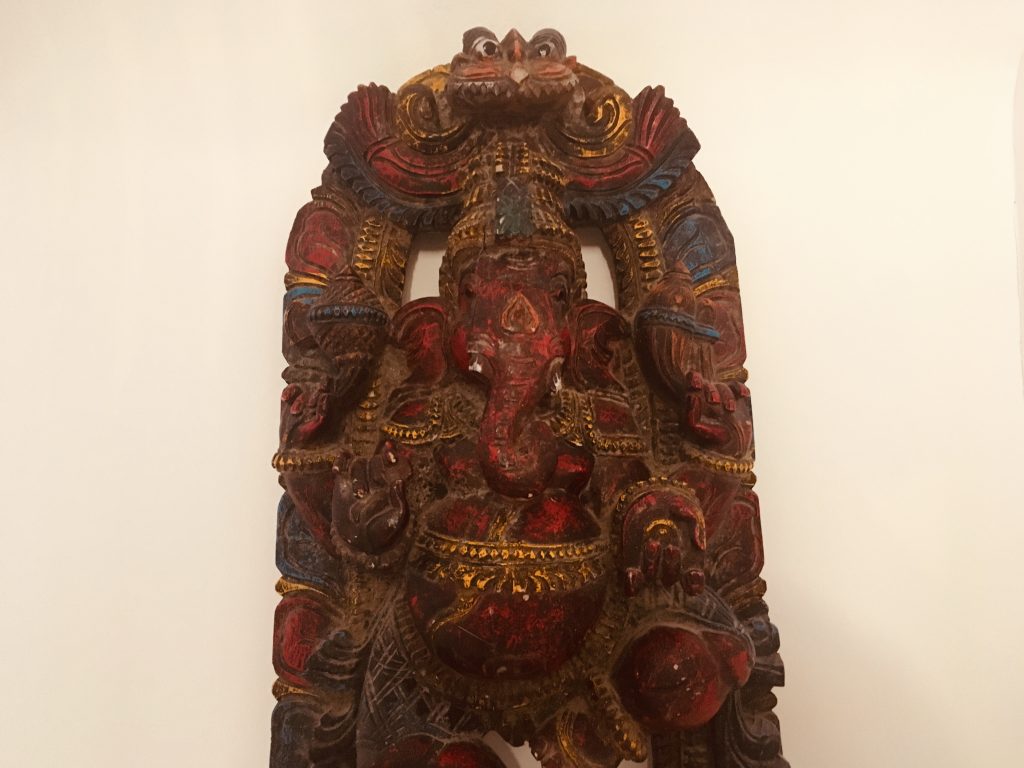The idea of writing a piece about the Root Chakra came to me during my yoga class last week with the wonderful James Cassidy at East of Eden. He was focusing on the Root Chakra; with the change of seasons upon us, we were getting a sense of being grounded and secure through this transitional period.
What is the Root Chakra?
The Root Chakra or ‘Muladhara Chakra’ as it is also known, is seated at the base of the spine around the perineum/pelvic floor area. The energy of this chakra flows down through our legs; connecting with our root chakra gives us a sense of grounding, strength and stability. In yogic and spiritual terms, you have to have a good connection with the root before travelling into the higher realms.
Having a good strong Root Chakra helps us to feel safe in our own bodies and gives us a strong sense of security. In my Holistic Pelvic Care work, I frequently find a disconnect with the root, often as a result of pelvic trauma from birth or other types of trauma. As a result, it’s difficult to maintain a sense of feeling safe and the body can easily go into fight, flight or freeze mode. Simply connecting with and focusing on the root can help to change this pattern. Often I hear the comment ‘I’ve never tried to take my attention there in that way.’ We live in a world where the default is living in our heads. We associate the root with sex, delivering babies and not much else; rarely focusing on this part of our body in a non sexual way.
How do we feel connected to it?
To be able to connect to your root you need to find your root voice. Tami Lynn Kent, the creator of Holistic Pelvic Care, talks about the inner root voice in her book ‘Wild Feminine.’
“This inner root voice will always acknowledge the places a woman has relinquished her power, forgotten her creative dreams, or tends to forgo her own well-being”
Tami wrote this book for women but the same could apply equally to men. To be able to listen to our centres, we need to learn to attune within, rather than following or pleasing the outer world. In this day and age with so many distractions digital or otherwise, it’s all the more important to spend time attuning within. I think the growth of practices like yoga and meditation are reflections of this need within our society. For me, it is becoming more and more important to have this inward focusing time to release and regenerate.
Tami’s wonderful book ‘Wild Feminine’ has a great exercise called ‘Finding your root voice.’ In this she says:
“Reflect upon a situation in which you felt unsure in some way and review the situation in your mind. Thinking always involves your head voice. Now bring your awareness down to your pelvic space and feel your response. This deep inner knowing is the voice of your root, or intuition. Notice the difference in the assuredness and potential outcome of feeling rather than thinking through your response.”
This is just another way to learn to connect with ourselves – another voice which often lies buried but is still guiding and influencing our behaviour unconsciously. The more aware we become of all parts of ourselves, the more we can truly make choices about how we live our lives.
“Acknowledging feelings held within the core allows for their expression. The movement of this emotional energy often leads to a healing action”
Connecting through movement
Another way to connect with the Root Chakra is through movement. As the Root Chakra extends from our pelvis both between and down our legs, movement helps to stimulate this chakra. Yoga is excellent for this, as is walking. For years I have been wearing either barefoot type shoes – ones that allow you to feel the ground beneath you – or no shoes at all. I made a decision a number of years ago not to wear shoes when I’m working as it helps me to feel more grounded.
Doing some gentle contractions of your pelvic floor together with your breath is another way of connecting to your root. Unlike Kegels, that tend to focus on mental effort and strength, this should be done in a much more gentle, grounded way: just increasing your awareness and connection to this area through your breath.
Other tips
A useful tip for grounding and stimulating the Root Chakra is the use of essential oils. I would recommend both vetiver, which is very earthy and grounding and also myrrh. Cold showers or bathing our feet in a cold bath are also a really good ways to feel grounded. Perhaps not so tempting at this time of year! but a little blast of cold at the end of your shower is both invigorating and great for stimulating the vagus nerve.
So back to my yoga class: I found out in the class that Ganesh is the god of the Root Chakra. Despite having had a Ganesh statue in my possession since the age of 19 (which I picked up in India on my travels) I had not – at least consciously – been aware of this. For the last few years, Ganesh has sat on a ledge over my staircase looking out onto my treatment room (pictured here). It struck me as serendipitous that he should be watching over my work, which is so strongly focused on the Root Chakra.
References: Wild Feminine by Tami Lynn Kent
Please subscribe to my newsletter using the ‘Keep up to date’ form below, if you would like to get more news on women’s health, future blogs, workshops and programs.
Rebecca x


